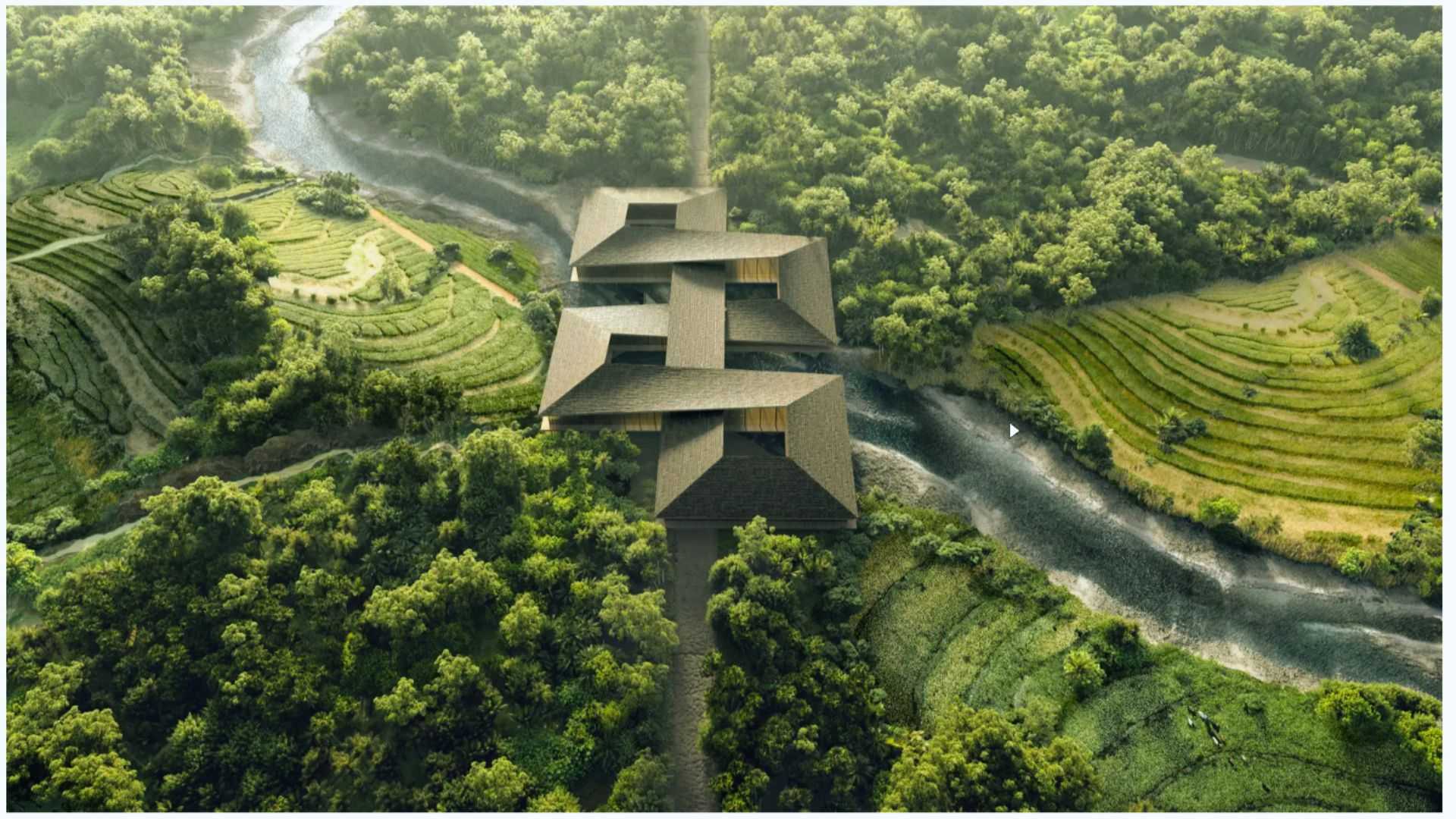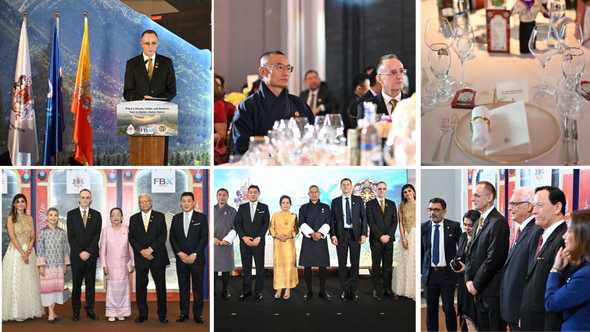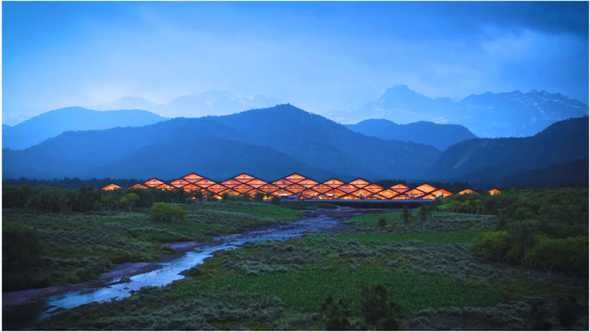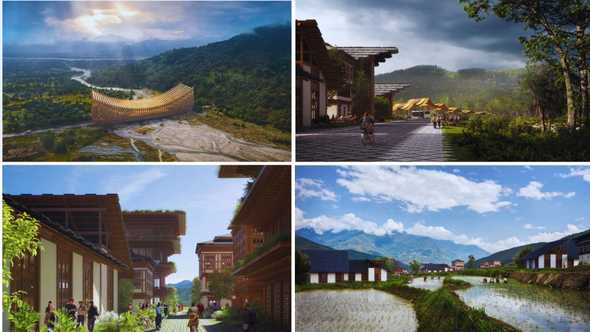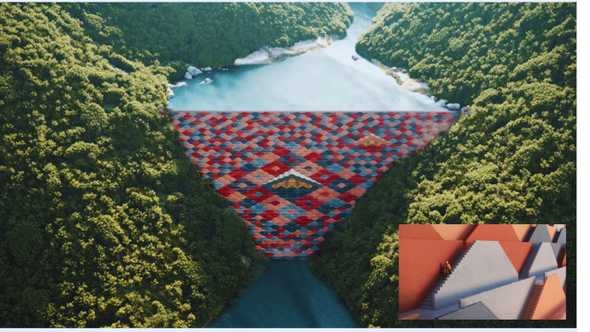A Vision of Mindfulness: Bhutan's New Urban Experiment
September 15, 2024
The world has never been short of grand urban visions, but Bhutan is crafting one that promises to be unlike any other. During a lavish event organised by the Family Business Exponential (FBX) and the Chao Phya Abhai Raja Foundation, Thailand’s top business families gathered to hear Bhutanese Prime Minister, HE Dasho Tshering Tobgay, outlined a blueprint for the future: the Gelephu Mindfulness City (GMC). This initiative aims to marry the principles of mindfulness, sustainability, and harmony with modern urban development.
Hosted by Count Gerald van der Straten Ponthoz, a scion of Belgium’s de Mevius family, one of the key shareholders in Anheuser-Busch InBev, the dinner brought together Bhutanese dignitaries, including a large delegation from Bhutan, and influential Thai families. As President of the Chao Phya Abhai Raja Foundation, Count Gerald shared his thoughts on the challenges and rewards of growing family businesses across generations, setting the stage for a remarkable evening focused on both legacy and innovation.
The Gelephu Mindfulness City: Bhutan’s Urban Revolution
In December 2023, Bhutan’s King Jigme Khesar Namgyel Wangchuck presented his country with a bold new vision: Gelephu Mindfulness City, a proposed 1000 square-kilometre urban development near Bhutan’s southern border with India. It is a project infused with the core tenets of Bhutanese culture, drawing from the Gross National Happiness index and the spiritual heritage that defines the world’s first carbon-negative country.
Designed by the internationally renowned Bjarke Ingels Group (BIG) along with Arup and Cistri, the masterplan is a striking synthesis of traditional Bhutanese values and cutting-edge architectural thought. The proposed city, nestlesd between forests and rivers, will be divided into 11 distinct neighbourhoods, each organised like a Mandala, cascading in density from rural highlands to urban lowlands. The design creates harmony between people, nature, and urban infrastructure, incorporating the flow of the area’s 35 rivers into the city’s layout, where paddy fields will not only manage floodwaters but also serve as biodiversity corridors for flora and fauna.
A centrepiece of the development is the Sankosh Temple-Dam, a stunning hybrid of cultural monument and hydroelectric facility, echoing the architecture of Bhutan’s famous Tiger’s Nest Monastery. It embodies a balance of tradition and sustainability, as visitors will be able to ascend the dam’s cascading terraces for meditative walks.
Bridging Cultures and Generations
As the event’s host, Count Gerald van der Straten Ponthoz represents both a storied European family and a longstanding commitment to Thailand. He heads the Chao Phya Abhai Raja Siammanukulkij Foundation, named after his ancestor Gustave Rolin-Jaequemyns, a Belgian jurist who served as a general adviser to King Chulalongkorn of Siam in the late 19th century. His family’s legacy in Thailand has long bridged the gap between East and West, and Count Gerald’s involvement with the FBX continues this tradition, fostering a dialogue between Bhutan’s new mindfulness initiative and Thailand’s influential family businesses.
FBX, which stands as a hub for Thailand’s leading business families, seeks to explore sustainable growth through intergenerational leadership. The event highlighted the importance of maintaining balance – whether between profit and sustainability, or modernity and tradition.
A City Unlike Any Other
As Dasho Tshering Tobgay outlined at the FBX event, the Gelephu Mindfulness City is more than an urban development – it’s a holistic vision of how cities might evolve in response to the world’s pressing environmental and social challenges. Similar to The LINE in Saudi Arabia, which emphasises futuristic designs and technology-driven solutions to create a sustainable metropolis, Bhutan’s initiative also seeks to redefine urban living but with a focus on spiritual harmony and well-being. GMC’s low- to mid-rise buildings will be constructed using local materials, inspired by Bhutanese architectural motifs like cornices and roofscapes. Intimate streets paved with permeable pavers will manage storm water, and each neighborhood will serve as a microcosm of Bhutan’s Gross National Happiness domains: from ecological diversity and cultural resilience to health, education, and psychological well-being.
Bjarke Ingels, founder of BIG, envisions the city as a place where nature and human activity are not in competition but in harmony. “The Mindfulness City is designed to be a place that could exist nowhere else,” Ingels remarked. “Where nature is enhanced, agriculture is integrated, and tradition is living and breathing – both preserved and evolved.”
This grand urban experiment aims to not only provide economic opportunities through investments in green technology and infrastructure but also foster a sense of connection between people and their environment. As the city grows, Bhutan hopes to set a global example of sustainable urbanisation that prioritises well-being over sheer economic development.
A Global Nexus for Growth
The strategic location of Gelephu at the Indo-Bhutan border is key to its future role as a gateway for South Asia and Southeast Asia. Infrastructure development, including an international airport and railway connections, it is hoped will make the city an economic hub for trade and tourism, as well as a global showcase for Bhutan’s unique approach to governance and development.
In his address, Dasho Tshering Tobgay reflected on Bhutan’s remarkable transformation, saying, “What if this country of yours had a unique culture, a unique tradition, a unique spirituality? Would you protect it, just as you would protect the environment?” He introduced the vision for the Gelephu Mindfulness City (GMC), guided by the principles of Gross National Happiness, aiming to create a sustainable, mindful, and spiritually rich city. Tobgay noted that GMC, designed as a special administrative region, will have its own separate laws to facilitate investments and attract an expected influx of expatriates. This unique governance model will allow GMC to stand out as a model for future cities, harmonising development with cultural values, ecological conservation, and global economic engagement. As the world faces escalating environmental challenges, projects like Gelephu Mindfulness City may offer a template for balancing economic progress with ecological preservation.
For Count Gerald, the dinner was a reflection of his ongoing commitment to fostering collaboration, one rooted in family tradition but looking towards a future shaped by innovation and sustainability. It is after all not simply about building cities or businesses; but about nurturing legacies that will endure for generations.
As Bhutan embarks on this ambitious new chapter, the mindfulness principles embedded in the Gelephu Masterplan could serve as a guiding light for future cities, creating a model where progress and preservation go hand in hand.
The accompanying images of Gelephu Mindfulness City are renderings; Courtesy BIG

